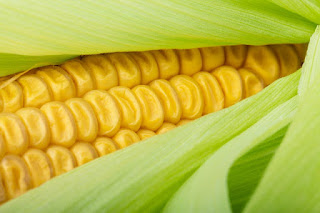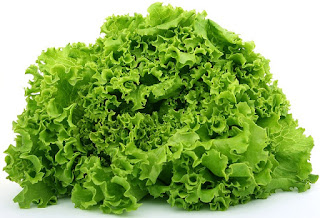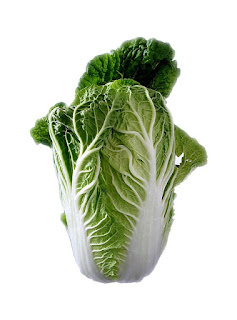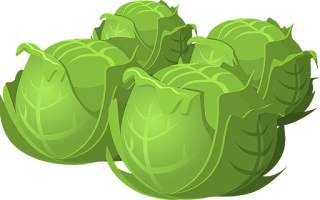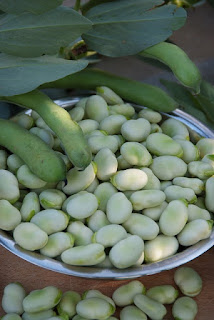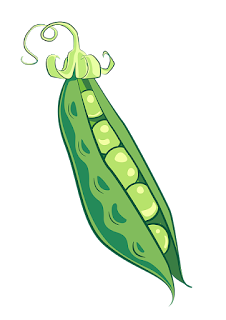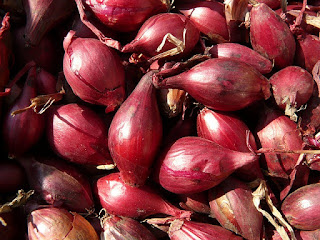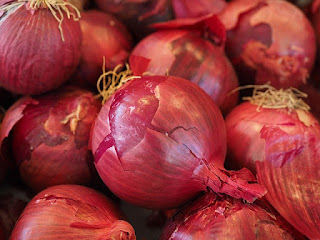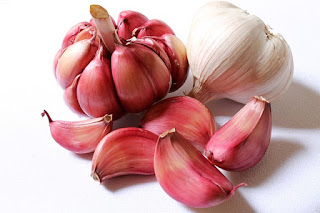The easy guide to celeriac
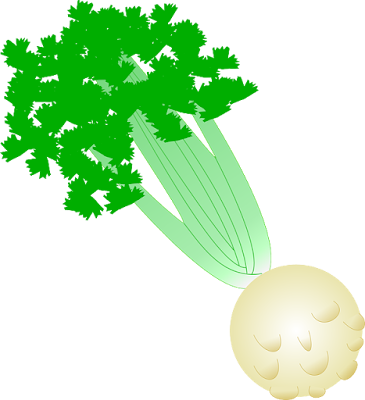
Celeriac (Apium graveolens rapaceum) Job 13:25 Wilt thou break a leaf driven to and fro? and wilt thou pursue the dry stubble? Also known as turnip celery, knob celery or celery root Is a cool season vegetable It has a tuberous root stem which can be eaten The root stem can grow up to 15cm across The root stem tastes like celery Is closely related to celery It has as many uses as celery It can be boiled, steamed or grated in salads The leaves have a slightly bitter taste Celeriac yields ten heads per 3 meters How to Grow Sow Spring, Summer and Autumn A rich soil with organic matter in it An open sunny site Place plants 30cm(12in) apart In rows 45cm(18in) apart Harvesting It takes six months to mature from seed The stems are ready when 8-13cm in diameter Lift the stems from the ground and wash The leaves can be used in soups See More! The easy guide to Onions http://cga777.blogspot.com.au/2018/02/...
